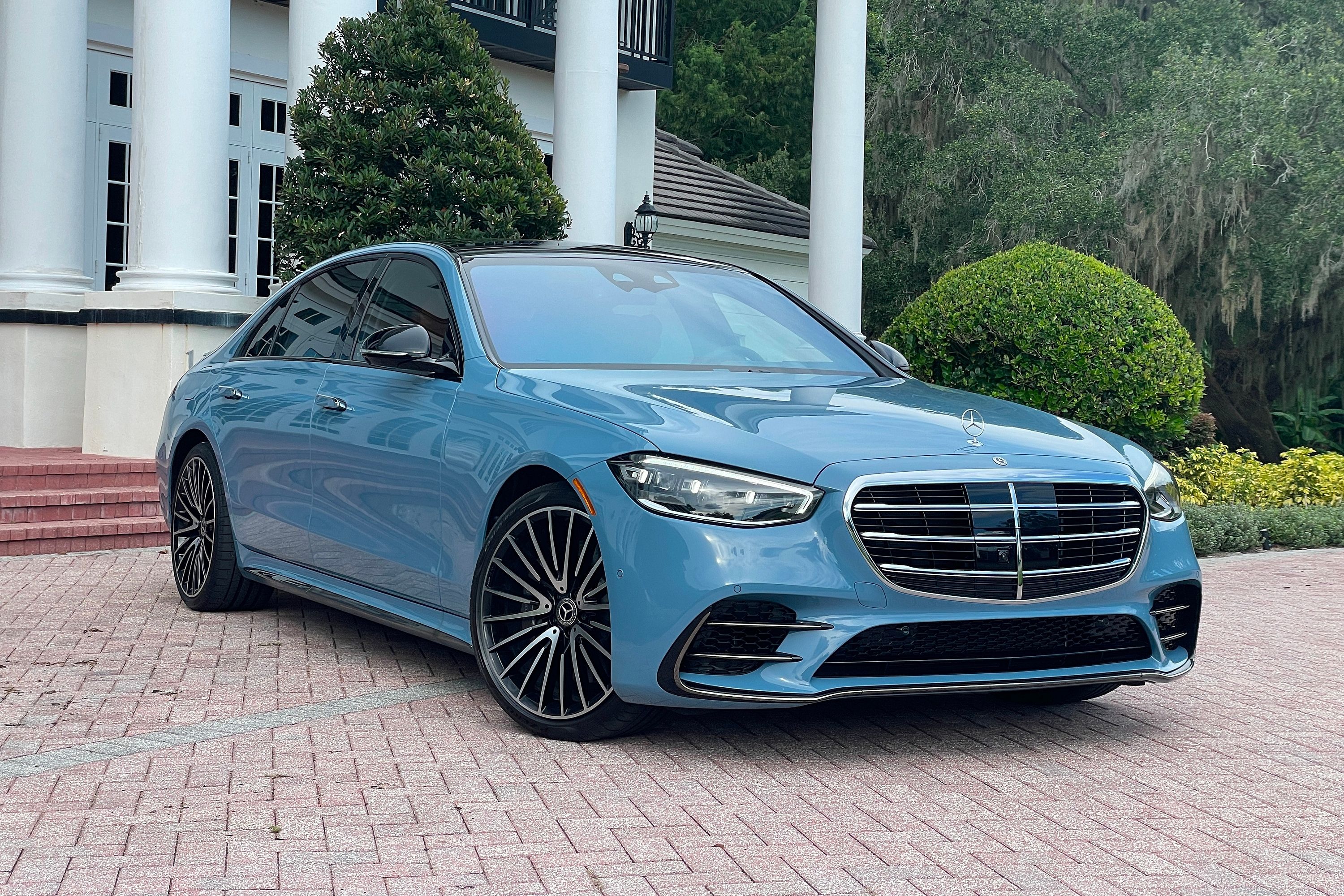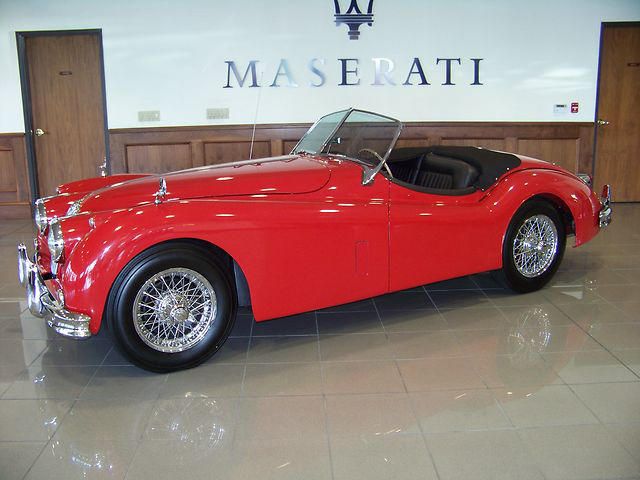
Like all automakers, Jaguar has had its share of ups and downs over the years. For a company that's been around since 1922, it's important to remember that Jaguar has always been committed to the performance side of things as well as having fantastic design. Interestingly, Jaguar was founded by a pair of motorcycle enthusiasts named William Lyons and William Walmsley. Originally building motorcycle sidecars, they later began to evolve into a full-blown passenger car company.
First calling themselves the Swallow Sidecar Company, they changed their name to "Jaguar" just after World War II due to the "SS" initials being identical to the Nazi's name for their psychotically-staffed (to say the least) paramilitary guard unit. With the new name in hand, they actually ended up selling their production plant due to a lack of cash. Despite this, Jaguar managed some success with their first post war models like the Mark V and VII. But it was in 1949 when Jaguar's reputation will forever be cemented in automotive history for what is still today one of the most beautiful production cars ever made.
The XK120 roadster debuted in 1948 and was an immediate sensation. William Lyons, who was still managing the company, knew he had something special and ordered it into production upon the public's "cargasm". Sleek and sexy, the thing was also very fast, with a 120 mph top speed (hence the name), thereby making it the world's fastest production car at the time. Powered by a 3.4-liter straight-six engine with 160 horsepower, it had an aluminum body built on ash frames, the former of which were later switched to pressed-steel bodies in order to meet demand.
It was only a matter of time before the car hit the racetrack where it proved itself a natural. Victories came fast at venues such as Silverstone and the Alpine Rally. Holding its own against the likes of Ferrari at the Mille Miglia, William Lyons also saw his car do well at the 1950 Le Mans 24 Hours which convinced him to invest more in future endurance races. The XK 120's successor, the XK140, was launched in 1954 and despite the fact that the two looked nearly identical, the replacement had several significant upgrades. For starters, Jaguar managed to increase interior room, a common complaint amongst owners.
They also added improved brakes, suspension and a rack and pinion steering system. Exterior styling remained relatively unchanged, with the exception of more pronounced front and rear bumpers and flashing turn signals. Power was also increased under the hood thanks to various modifications. All told, it produced 190hp and buyers could also opt for the C-Type cylinder head, adding the MC designation to the name, which added 20 more ponies. Like its predecessor, the XK140 Roadster had removable canvas and plastic pieces and a tonneau cover. Coupe and Drop Head Coupe body styles were also carried over.
Another nice detailed addition was that the emblem on the trunk lid had the words "Winner Le Mans 1951-3" sketched into place. The XK140 was replaced by the XK150 in 1957 and like the XK120 all three models are highly collectable today. This 1956 XK140 MC that's currently up for sale on eBay is a fully restored piece of fine automotive craftsmanship. The three year restoration was completed in 2008 with no expense spared. Along with a full mechanical and cosmetic job, modern features such as a power brake unit, electronic ignition and an aluminum radiator were added in order to make the car more suitable for daily driving.
Less than 1,000 miles have been put on it since the job was finished and it's reliable enough to even be driven in hot weather. It's also the recipient of the prestigious Jaguar Heritage Trust Certification. It has a total of 67,291 miles on the odometer and a "Buy it Now" price of $119,995. Truly a remarkable car at every level as well as a wonderful example of British automotive history.

